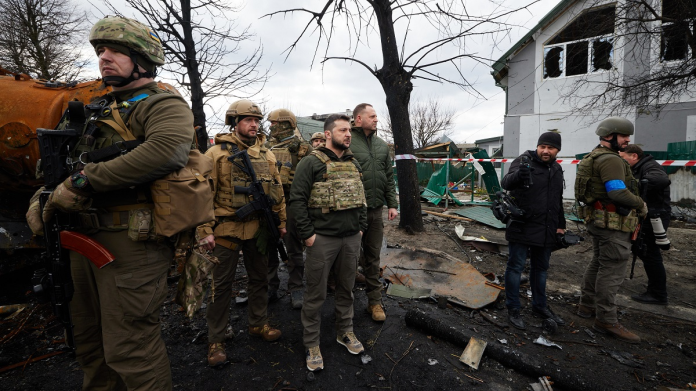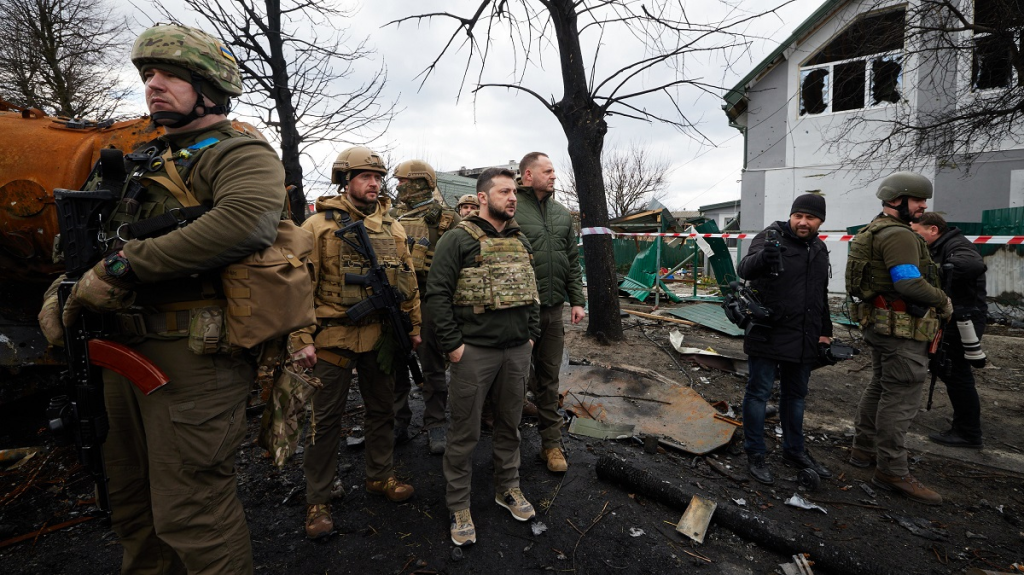
“Precision strikes are redefining the rules of modern warfare.” That refrain, sung by defense experts throughout Europe, received fresh corroboration when Ukraine’s 92nd Separate Assault Brigade knocked out a scarce Russian Kasta-2E2 radar vehicle well behind enemy lines. This was not merely another victory on the battlefield it was the deliberate strike against one of the most advanced airspace surveillance systems fielded by the Kremlin.

The strike integrated existing reconnaissance, volunteer acquisition, and increasing loitering munition use on the battlefield. It also showed the vulnerability of the high-value radar systems to integrated drone warfare. These are seven key lessons of this strike which shed light on the technology and tactics dominating the future course of the war.
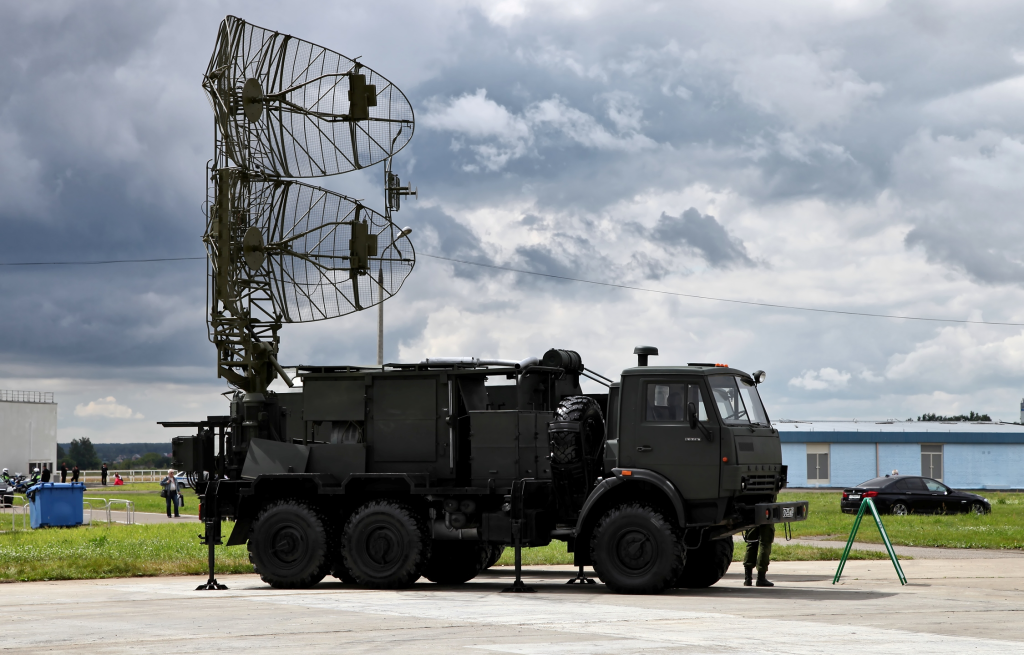
1. Strategic Role of the Kasta-2
Russia’s 39N6 Kasta-2E2 is a road-mobile, two-coordinate decimeter-band radar capable of 360-degree surveillance and detection of low-flying aerial targets. It has the ability to derive coordinates, trajectory, and altitude by single or dual-beam modes, feeding the information to air defense command systems through cable or radio. Apart from warfare, it is utilized for air traffic control within military airfield zones as well. Its reported value of just $60 million means loss of such a system translates not just into an initial financial loss but also an extensive loss of situational awareness and reaction time for Russian forces.
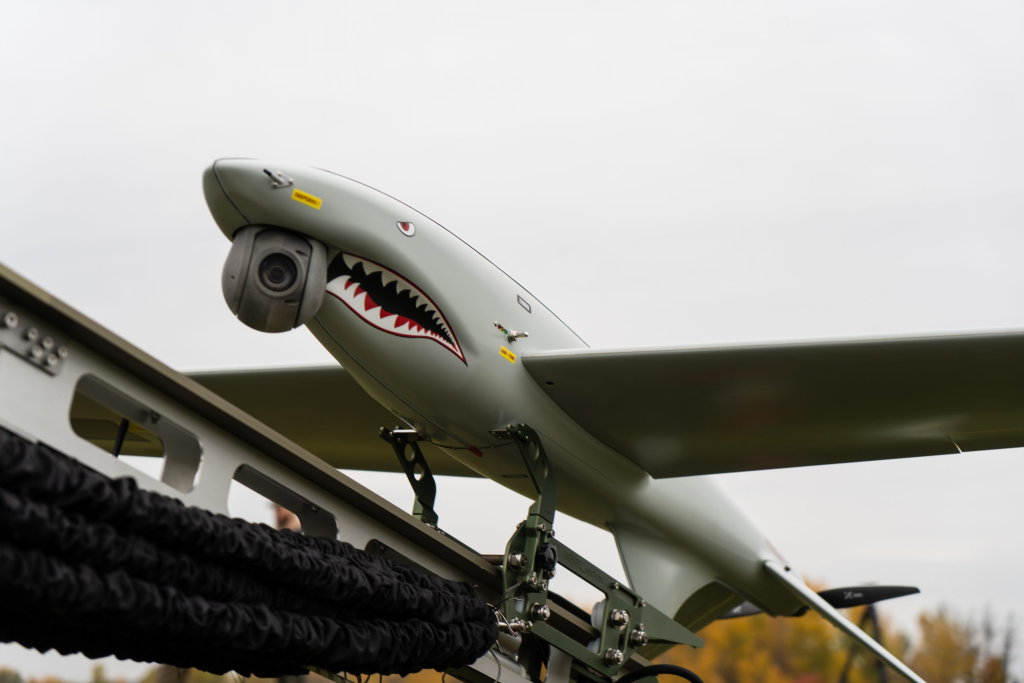
2. Role of Shark Reconnaissance Drone
Detection and targeting by radar started with Ukraine’s indigenously developed Shark-M UAV, manufactured by Ukrspecsystems. The Shark has the ability to be behind enemy lines by 60 km and carry out surveillance within 5 km of the target. With the 30x optical zoom USG-231 electro-optical camera and anti-fog system, the Shark-M UAV can provide clear imagery even under unfavorable circumstances. With the encrypted 80 km range datalink, real-time video feed was maintained for operators, and the Kasta-2E2 camouflaged behind foliage could be accurately identified.
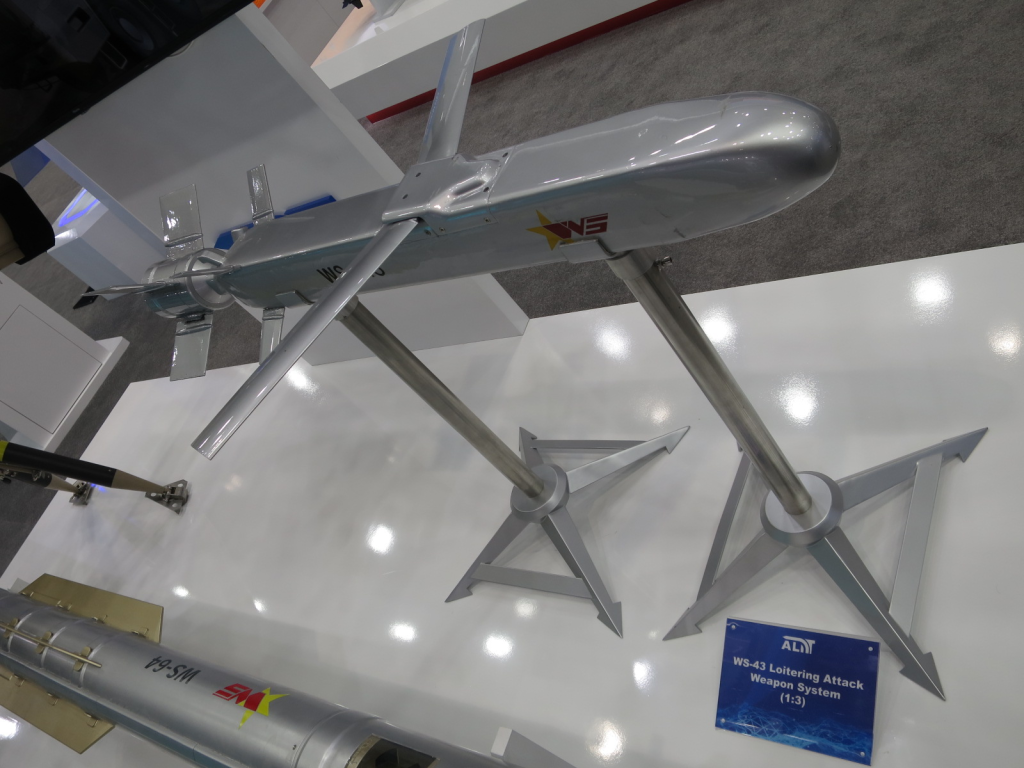
3. Loitering Munition Precision Strike
After identification, a loitering munition was launched to strike the radar’s antenna array. Loitering munitions, as opposed to traditional drones, are meant to impact targets, making them expendable but very accurate. World trends indicate their military market size will almost double to $1.3 billion in 2025 and $2.5 billion by 2035, and Ukraine will be the highest spending nation. The strike proved the ability of these systems to defeat traditional artillery limitations, providing time-sensitive precision effects versus high-value targets.
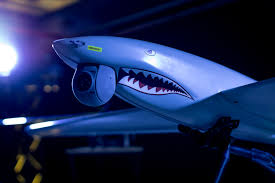
4. Volunteer-Based Proc
The mission was aided by the Jaws program of the Serhii Prytula Charity Foundation, which crowdfunds loitering munitions and Shark drones for frontline troops. From the start, the effort set a goal of ₴200 million, but increased the goal to ₴500 million because of interest. According to Prytula, “Your donations to Jaws enable us to spot major radar stations and ‘open a window’ for precision strikes behind the enemy lines.” This mirrors an increasing trend whereby civilian crowdfunding personally equips the troops of the military with modern capabilities.
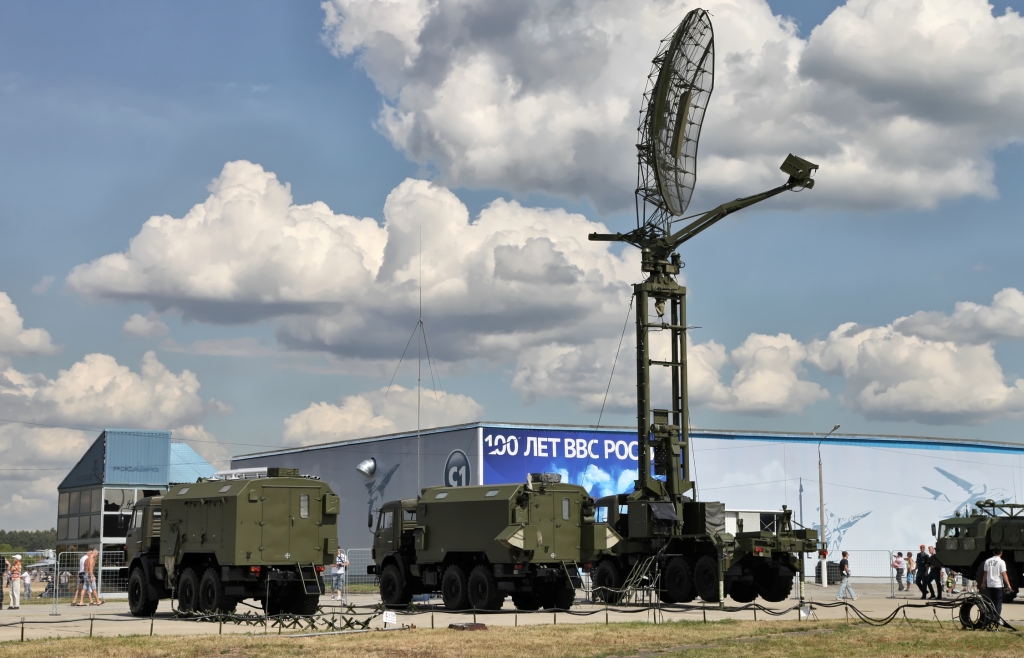
5. Tactical Impact on Russian Operations
Defense Express claimed that the Kasta-2E2 disablement seriously compromises the power of Russia to coordinate and detect Ukrainian strike and reconnaissance systems. The radar’s absence necessitates slower reaction time to new threats and diminished coverage in disputed airspace. Operationally, this allows the Ukrainian forces increased freedom of movement and reduced risk during both offense and defense, effectively blinding parts of Russia’s surveillance network.

6. Lessons from Previous Radar Strikes
This was not the Kasta-2E2’s initial confrontation with Ukraine. In October 2024, the 15th Artillery Reconnaissance Brigade struck an equivalent system south of Chornukhyne in the Luhansk oblast most likely through the application of rocket artillery such as the M142 HIMARS. That strike reportedly placed the radar beyond repair. Systematic targeting of this type of system speaks to an explicit Ukrainian policy of wearing down the high-end sensor infrastructure of the Russian Federation and making it reliant upon less capable or vulnerable options.
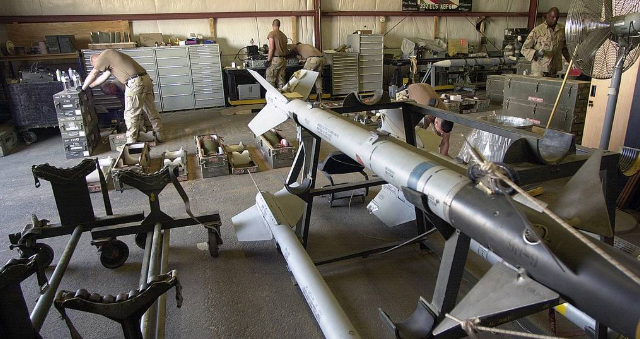
7. Integration of Drone Reconnaissance and Precision Fires
The strike represents the combination of UAV reconnaissance and precision-guided munitions. Target location and identification were provided by the Shark, and the kill was carried out by the loitering munition. This combination minimizes the sensor-to-shooter time, reducing counterbattery windows and allowing strikes even before the target has moved or deployed countermeasures. This type of inter-platform synergy is becoming the signature of Ukraine’s developing doctrine of the battlefield, providing future conflicts with the template whereby speed and accuracy supersede brute firepower.
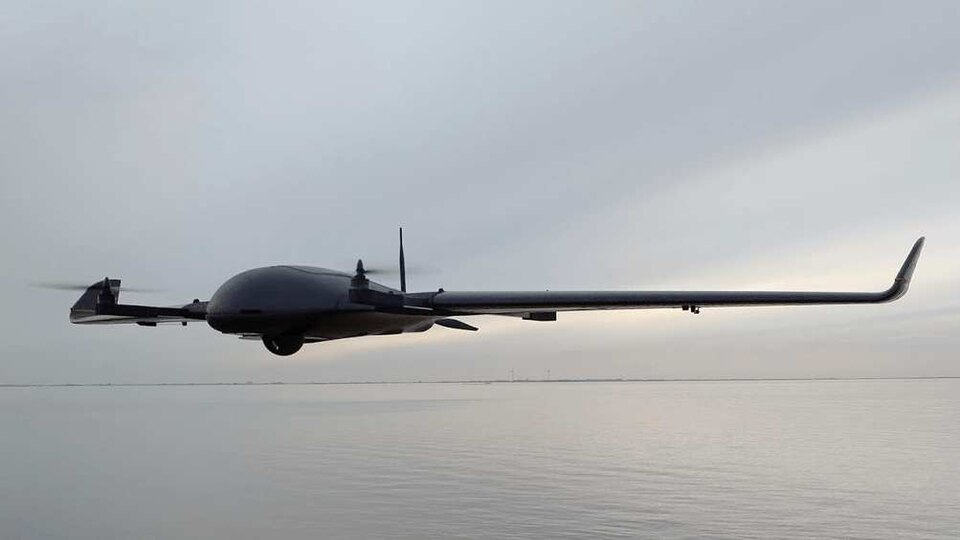
Ukraine’s 92nd Assault Brigade’s elimination of the Kasta-2E2 radar was just the beginning a modern combined-arms warfare case study. Through the integration of high-end surveillance drones, precision loitering munitions, and street-level acquisition, Ukraine showed the power of making agile forces do the unthinkable by targeting the very few, costly assets previously considered invulnerable. As each side learns and improves, the future battlefield will ever-increasingly favor those capable of fusing sensors and shooters into an instantaneous, rapid strike chain.
